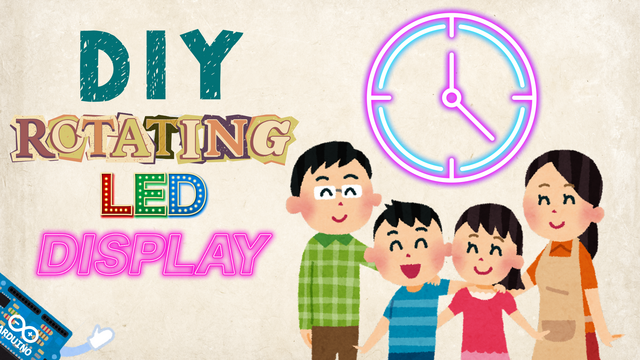Before you connect wires in your project, you need to take off the plastic covering (insulation) at the ends so the metal wire is exposed. This is called stripping the wire. You can do it with a wire stripper or even with simple tools you may have at home.
- #2486
- 09 Sep 2025
Method 1: Using a Wire Stripping Tool (Recommended)
Look at the wire gauge (thickness) printed on the insulation if available (common sizes are 22–18 AWG for small electronics).
Match the wire to the correct hole on the stripper (the holes are usually labeled with wire sizes).
Insert the wire into the hole, about 1 cm (or ½ inch) from the end.
Squeeze the handles together to cut just the insulation.
Pull gently – the insulation should slide off, leaving the shiny metal exposed.
Method 2: Using Common Household Items
Tools You Can Use:
Utility knife or box cutter
Scissors (strong kitchen-type)
Nail clippers (for small wires)
Pliers (for gripping and pulling)
These methods require more precision and can damage the wire easily if not done carefully.
Method A: Using a Utility Knife
Place the wire flat on a cutting surface.
Lightly press the blade against the insulation about ½ inch from the end.
Rotate the wire under the blade to score the insulation all the way around (do not cut too deeply).
Bend and pull the insulation off using your fingers or pliers.
Method B: Using Scissors
Place the wire between the scissor blades.
Gently squeeze until you feel the blades just begin to cut the insulation (not the wire).
Rotate the wire to score a full circle.
Pull off the insulation.
Method C: Using Nail Clippers (For Small Wires)
Place the wire at the tip of the clippers.
Gently press down just enough to score the insulation.
Rotate the wire while keeping light pressure.
Pull the insulation off.
Tips for Success
Practice on scrap wire if available.
Don’t strip too much — usually ½ inch is enough.
If the copper strands are damaged, cut and start over.
Clean your tools after use.
What to Avoid
Don’t yank hard - you may break the wire.
Don’t cut too deep - you could nick the conductors.
Never strip a live wire.
Courses and lessons with this Tutorial
This Tutorial is used in the following courses and lessons

Build a DIY Rotating LED Clock Display – For Parents and Kids (Online and Self-Guided)
Discover the fun of DIY electronics with your child in this self-paced, beginner-friendly online course, where parents and kids work together to build a rotating LED strip display!
Designed for those with no prior experience, this project-based course walks you through the entire process of assembling a spinning LED display that uses persistence of vision to create a glowing clock.
- 60
- 0:00
- 56

Dial It In – Adjusting the Speed
Taking control

The goal of this lesson is to rebuild the circuit from the previous lesson so you can control the motor's speed. We’ve broken the steps into small tasks.
The motor controller has its own resistor, so you won’t need one here. But be sure to follow the instructions carefully - without a resistor, the circuit could short. There’s no risk to you, but it might damage some components.
- 7
- 2
- 7
- 3d_rotation 1